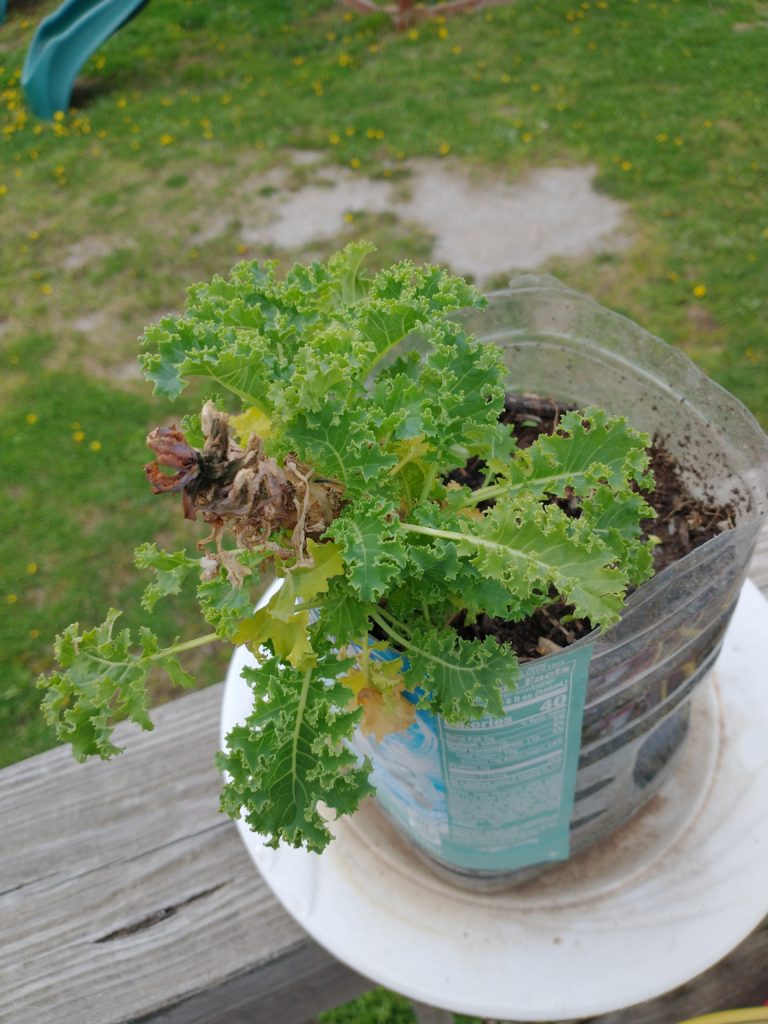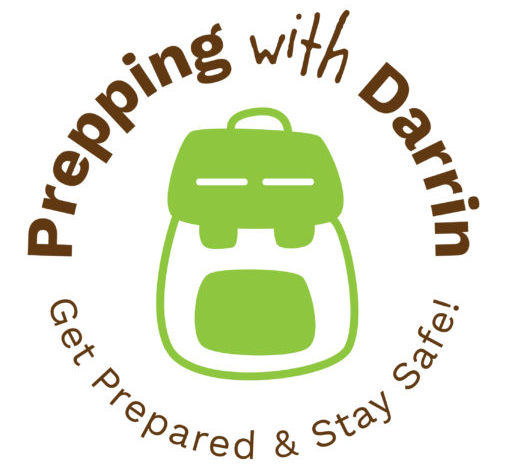We may earn money or products from the companies or products mentioned or linked to in this post.
Up front you should know that I am not a Dr or Nutritionist, so you should seek medical advice from a trained professional before making any changes to your diet.
I love kale, my wife on the other hand hates it. It is bit tart but I like that in food. There are many benefits of kale and so many recipes out there that you shouldn’t have any problems incorporate some kale into your diet!
I do remember when I was in elementary, I would always eat salad, cottage cheese, and whatever else they were serving that day. I was always the “odd kid” who ate a salad without dressing. Life was much easier back then.
What are the benefits of kale?
Kale is a good source of vitamins and minerals:
One cup of raw kale contains:
- Vitamin E: 0.7% dv
- Vitamin K: 102% dv
- Manganese: 9.7% dv
- Magnesium: 1.7% dv
- Phosphorus: 1.2% dv
- Zinc: 0.5% DV
Other than being loaded with nutrients, Kale is also high in antioxidents which helps to reverse the damage caused by free radicals!
Kale has shown to help reduce cholesterol, which in turn might lower your risk of heart disease.
Some studies show kale can help lower your chances of certain cancers.
Since Kale can be high in Vitamin K, it can aid in blood clotting and bone makeup.
How to grow kale?
Kale is a pretty easy plant to grow. It does well with cold temps, but it doesn’t like the extreme heat.
With kale, you can usually harvest twice a year at the minimum, depending on how big you prefer your kale leaves. For a summer havest plant in early March, if the temps are expected to drop well below freezing, be sure to cover them up and shield them from the cold. They will grow until the heat get’s them in the summer. For a winter harvest plant about 2 months before the first frost of the fall.
Kale grows well in-ground, in a container, or in raised beds.
How to grow kale outside.

With kale you should plant in full sun. Partial sun will do, but you won’t get as good of a yeild.
Be sure to plant them between 18″ to 30″. One year I put them about 12″ apart and they still produced okay.
The soil needs to have a pH of 6.5-6.8 for best results.
Kale needs around 1″-1 1/2″ of water per week.
How to grow kale in containers.

You can start the seeds indoors around 6 weeks before the last frost of Spring, or start outdoors anytime after the last frost.
Kale likes its space. You’ll need containters around 12″ wide and 12″ deep, this will allow you to plant up to 3 Kale plants in one container. You can plant Kale as little as 4″ apart when using containers.
I always put a thin layer of mulch on top, this helped keep dirt off the leaves when it rained or was windy.
How to store kale.
How to store kale in the fridge.
If you just leave it in the bag you get from the store, the kale will go bad fairly quick.
You can store kale in the fridge, but it is best to wrap it in paper towels to help keep excess moisture out. Moisture will cause kale and other leafy greens to go bad before they should.
I will make sure it’s as dry as possible, then I’ll line a food storage container with paper towels.
Then I make layers. I’ll put a papertowl in between each layer to help draw out the moisture. I stuff the container to give less space for air.
Doing this will help you keep kale longer in the fridge. I will freeze what I don’t use up within a week.
How to store kale long term.
It’s important to wash and clean your kale before you freeze it. This helps get rid of the bugs, dirt, or bird poop which can make you sick.
After I wash my kale, I’ll take the leaves off the stem, I like to keep them and cook with them but I don’t like to waste food.
There are two ways you can freeze them. You can stick them directly into a freezer bag or you can lay them out on parchment paper or a baking sheet and freeze them then place them in the bag.
If you just put them in the freezer bag and then freeze it you will have a clump on kale. Freezing it then bagging it you can work with it easier and not have to break it all apart trying to get how much you want.
